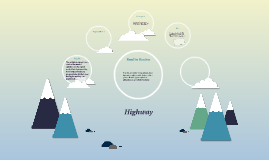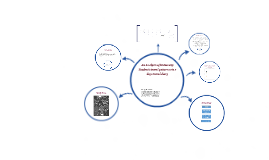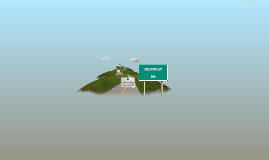HIGHWAY
Transcript: Children adapting to their new lives during the Great Depression In this picture, the children have a fatigue look on their face. The children during the Great Depression were effected tremedously. Instead of playing with toys and going to school, the children had to help their families work on the farms in order to get enough money for food. The kids in the picture can relate to Ruthie and Winfield from the Grapes of Wrath. Ruthie and Winfield went through a lot being as young as they are, but they were never alone, they always had one another to keep them company. For example, Ruthie and Winfield had each other on the road to entertain one another. The children in the picture are also not alone, they have each other to get them through this dark, depressing time. In this picture, I see the exhaustion, fear, and worry on the mother's face. This woman's family, probably took as long as the Joads did to get to West. Although, the Grapes of Wrath did not mention an exact time frame for how long it took to get to California, it was a long time, which explains the exhaustion on the woman's face. The unknowing of the future is the result to the fear in the mother's eyes. Although she is afraid, just like Ma Joad, she has to hold an optimistic role in order for her children to be okay and be scared. Besides the fear and exhaustion on the woman's face, I also notice her clinging on to her child. During the Great Depression women didn't hold a value in society, but women like the one in the picture and Ma Joad hold a strong heroic characteristic. The reason I say that is because throughout this dark time, it was the mothers who held the families together, by adhering to the situation the family's in and surviving it. Ma Joad contributed alot to the Joads survival of the Great Depression, she not only fed them, but she always had hope and tried anything to keep her family from seperating. The Dust Bowl was the name of the Great Plains region where drought struck. This region consisted of states like Oklahoma, Texas, Colorado, and New Mexico. The drought caused the soil to be so dry that the wind easily picked up the topsoil, creating dust storms that were called black blizzards. More than 2.5 million families were driven out of this region due to the living conditions, and most moved out West, where there were plentiful agriculture. The government bought 11.3 million acres to keep for production. The Dust Bowl also sparked cultural response from artists, such as John Steinbeck and Dorothea Lange, who documented the struggles the migrant families went threw. What led to the Great Depression? Families struggled daily to gather enough food to eat during the Great Depression. These food lines helped these struggling men feed their families, and the smiles on the men's faces shows how much they appreciate this weight being lifted off their shoulders. This reminds me to when the Joads arrived to the government camp, the camp gave the Joads an extra hand to get them back on their feet. The smiles on the faces of the men, remind me of, the Joads who were also fortunate that the camp had their own sanitary units (bathrooms). The men also seem anxious on line, which also resemble the men in the book, Pa Joad, Uncle John, and Al, who were anxious to find work. The only man who found work was Tom, which made them more anxious. 66 Work- Cited vs. The Grapes of Wrath Real Life This picture displays a migrant labor couple. The couple in the picture carry hope in their eyes. They are clearly happy, which shows that over all the troubles the migrant workers went through, couples like them, and Al and Agnes, found time to make each other happy. The people in the picture and Al and Agnes, can relate to each other because the relationships formed at this time hold stronger bonds because of the tough living. That is why Al rathered stay with Agnes than go on with his family towards the end of the novel. by: Hana Morgan Poor farmer being driven out of his farm. THE DUST BOWL People on city food lines HIGHWAY In this picture, I see the look of misery in this man's face. Just imagine being driven out of your family raised farm that's been passed down to you from generations before. The sad look on his face is caused by not being able to do anything to fix the situation he is in. Another man, who holds guilt for something he has no control over is Uncle John. It wasn't entirely his fault his wife died, but he lives the rest of his life sinning because of his guilt. Pa Joad also has guilt for something he can't fix, it was the birth of his son Noah. THE END OF THE GREAT DEPRESSION In October 29, 1929, the stock market crashes causing banks to call in loans. Over thirty billion dollars worth of stock values disappear by mid November. By March 1930, over 3.2 million people become unemployed. In February 1931, families become so desperate for food, in different parts of the US, they start food riots. This meant they began to break into grocery

















